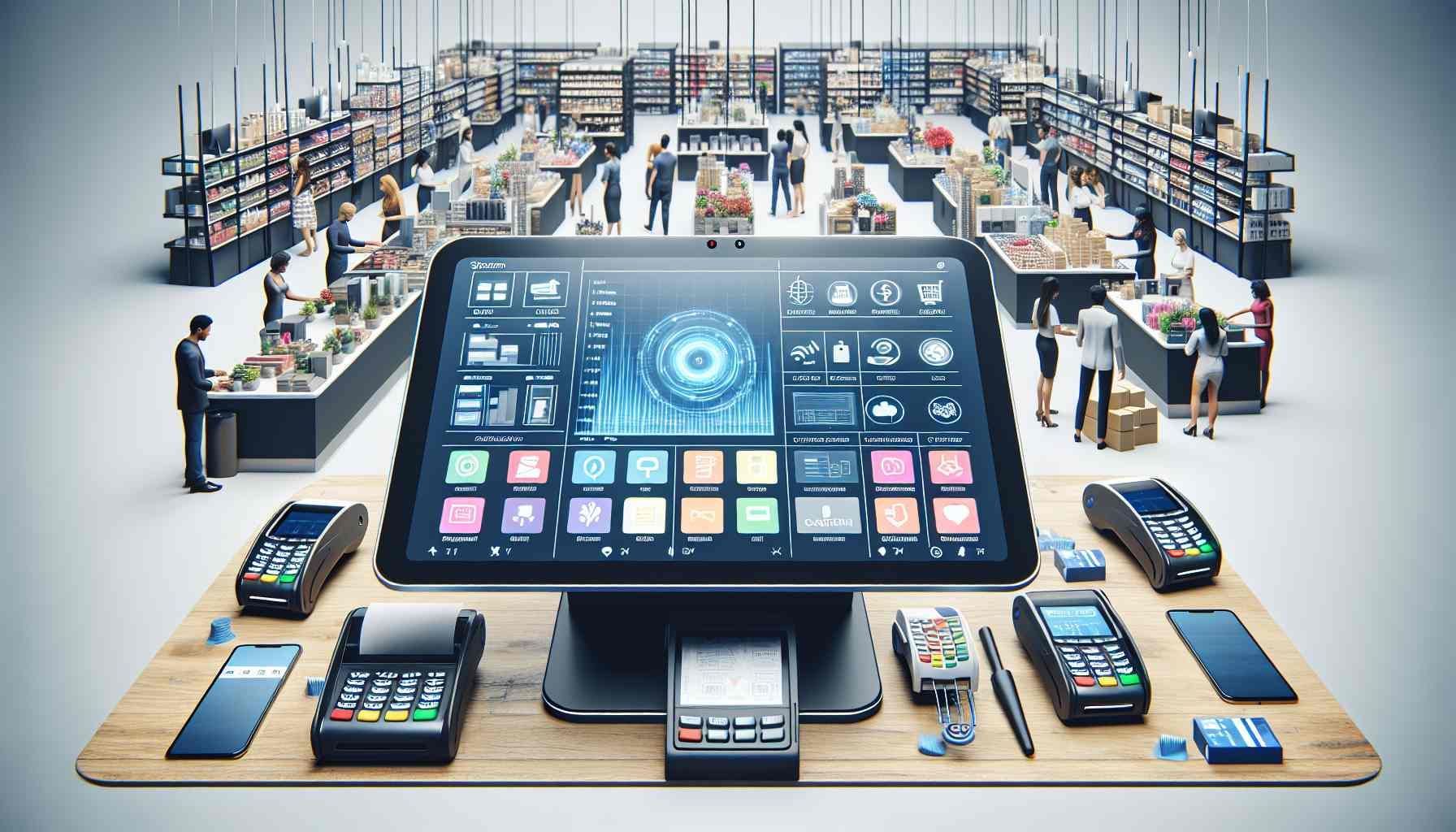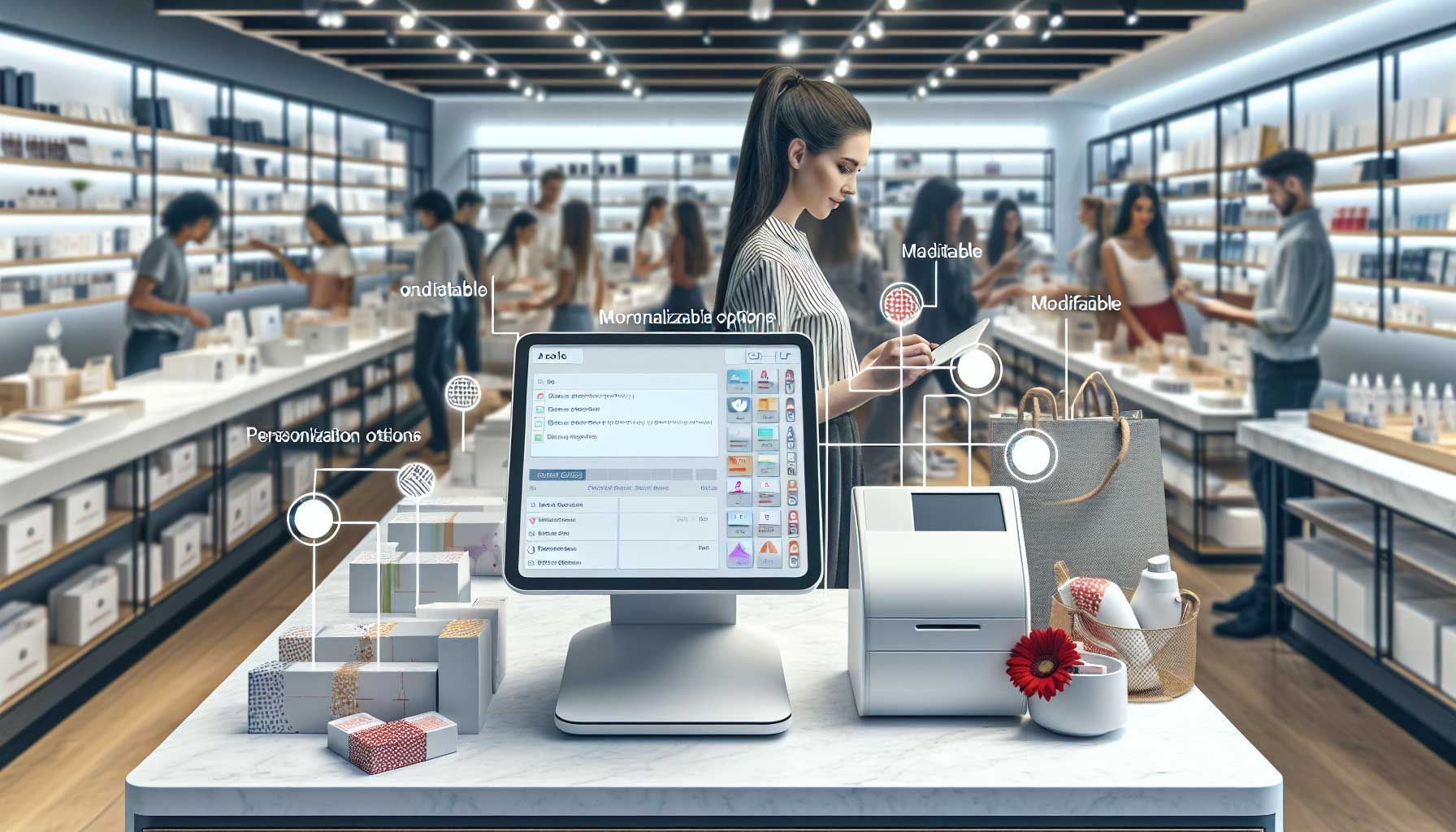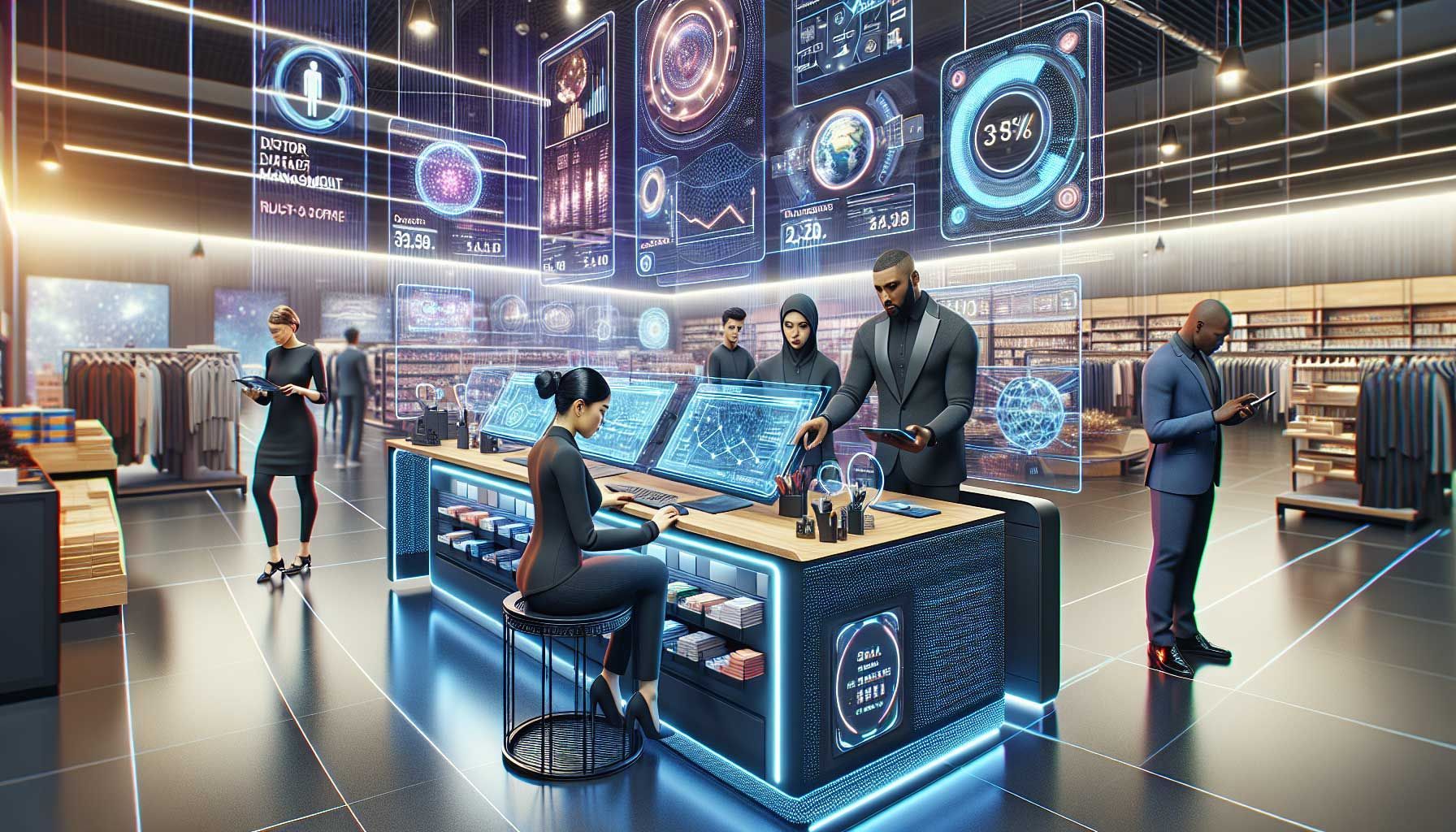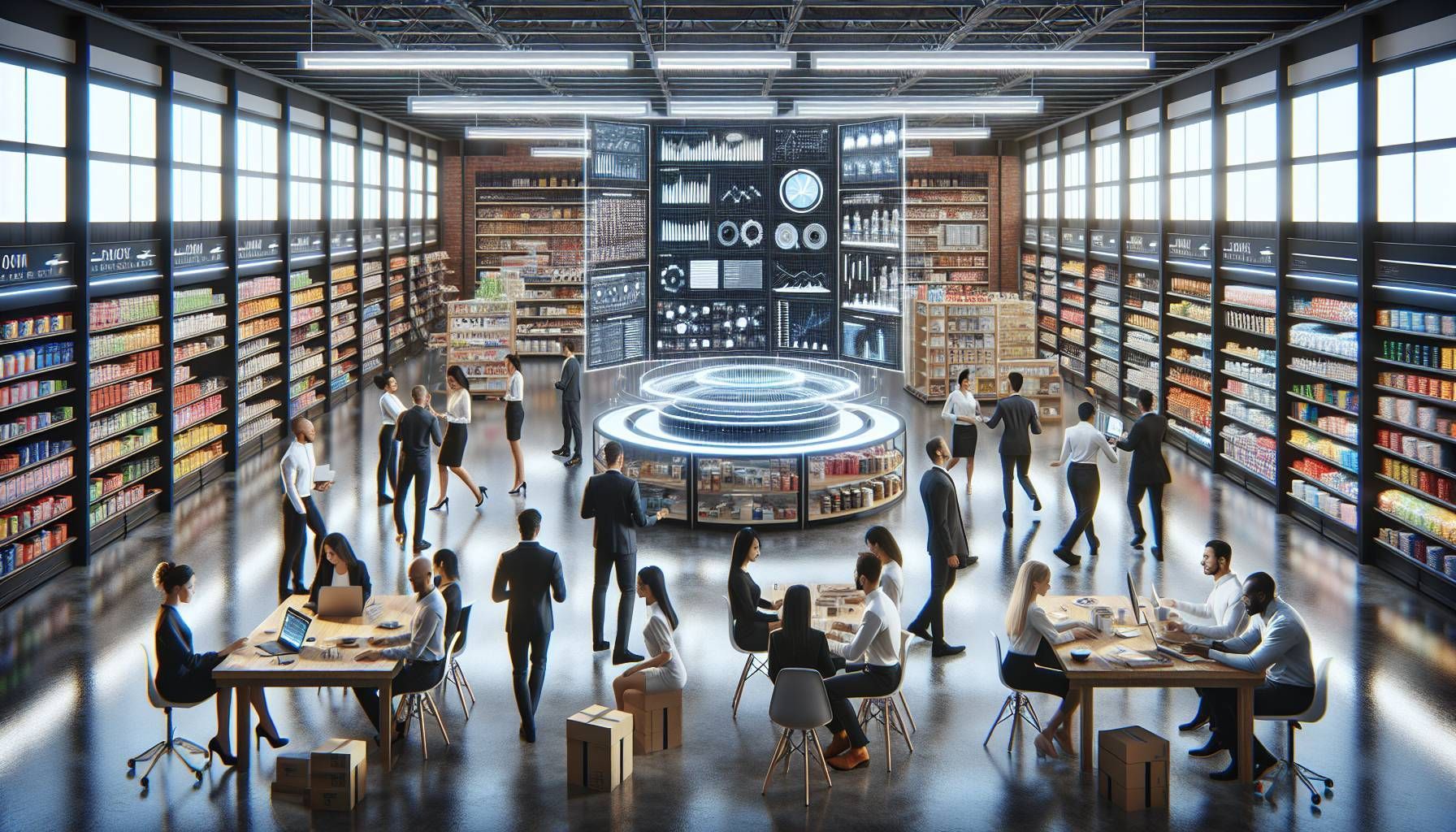The Value Chain vs Value Network: What is the Difference?
With our company we offer the retail industry a solution for chain digitization. Therefore, we often hear both value chain and value network passing by and they are often used interchangeably. So what are they, what’s the difference, and why does it matter? Therefore, in this article Value chain vs Value Network.
The Key Differences Between Value Chains and Value Networks
The value chain model is traditionally linear, with a single supplier providing goods to a single retailer to a single customer. The value network model is more complex, with many different suppliers, retailers and customers.
This means that the retailers can have relationships with other retailers, not just their customers or suppliers. The value network model also spreads risk across all of the participants in the ecosystem rather than relying on any one participant to provide all of the goods or services necessary for production or consumption.
In addition, a value chain (from Porter) is often about the processes amd activities within a company. A value network is more likely to involve external parties in the process.
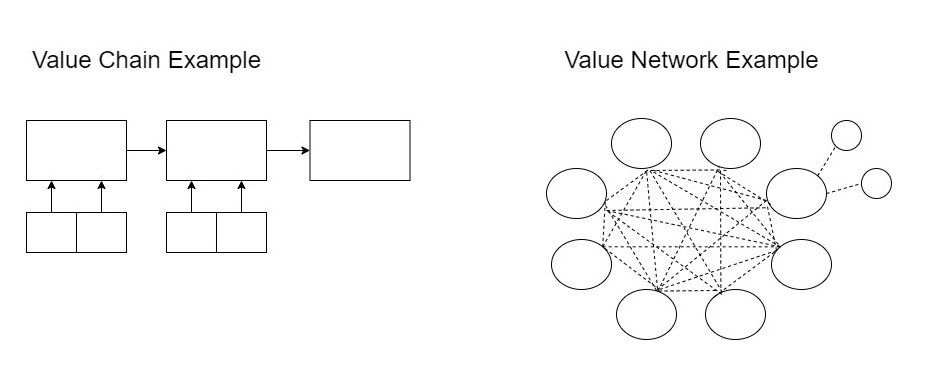
Value Chain - Traditional Definition
Value chains are the sequence of activities that take place between the time when a company buys raw materials and the time when it sells the finished product.
However, value supply chains can also be defined as a series of transactions which involve one or more organizations to exchange goods, services, information and capital in order to meet needs and wants. This often involves a logical sequence. For example manufacturer, wholesaler, retailer and finally the consumer.
Value Network - A Newer Definition
A value network is a system of connected nodes that work together to produce and distribute goods and services.
The term was first coined by Alvin Toffler in his book, "Future Shock". The idea behind a value network is that it can be used to describe many different types of networks. For example, it can be used to talk about the distribution of information or the flow of electricity.
Value networks are made up of all sorts of people, organizations, and technologies. A value network is not just a physical thing; it's also an organizational structure that connects people with one another through technology.
How Value Chains are Limited in Terms of "Sharing & Collaboration"
Value chains are limited in terms of "sharing and collaboration" because they are not able to share information on the whole process. They also have a hard time collaborating with external parties, which is important for inventory optimization for example.
A value chain is a sequence of activities that take place in order to create goods or services. In order to make the whole process more efficient and effective, there needs to be more "sharing and collaboration" between all parties involved.
Value Networks Provide Greater Connectivity Between Parties & Information
The value of networks has been an ongoing discussion in the business world. Networks provide a way to connect people, ideas, and information. This value is what makes networks so important.
In a network, all parties are connected to one another and share information with one another. This means that each party has access to more information than they would have without the connection. It also means that they can share their own knowledge and expertise with others on the network.
This connectivity between parties allows for greater collaboration between them as well as greater efficiency in achieving goals.

Why does the difference matter?
You could argue that there is little or no difference. However, it is important to note that there is indeed a difference in the way of working together. In a value network, people can collaborate more easily. Three examples for clarification.
Examples of a value network vs value chain
First, a simple example of the retail industry. A retailer is used to working with multiple suppliers, but not with other retailers. However, by working with multiple retailers in the same system and in one central database, each company is indirectly connected to each other. We make this possible with Retailgear. In this way you can collaborate with others in the field of product information and the system can make recommendations in the field of inventory management.
Let’s look at another example. A telecommunications company, an internet service provider, and an ISP. All three companies work together in the same system to provide the best possible service to their customers. Each party has access to the same information, which means that a faster solution can be made. This increases efficiency and reduces costs.
Last but not least, a globals case study of Mondragon Corporation. It is a worker-owned cooperative that is made up of many individual cooperatives. Mondragon was founded in Spain in the 1950s and has since expanded to other parts of Europe such as France and Italy. It also has operations in Latin America, Asia, and Africa.
In order for Mondragon to manage its complex network of cooperatives it needed to develop new processes that would allow it to be more competitive with other companies in the market. The company developed an organizational model known as Network Management which was designed specifically for managing these complex value networks. With better B2B integration as a result.
Conclusion
Value chains are the traditional way of managing supplier relationships, but they are less efficient in today’s world. More integration and collaboration with other parties is needed to innovate.
Therefore, value networks are more collaborative and allow for more innovation because they encourage companies to share information with each other. This is one reason why value networks will be the future of business.

Bring your shop to the next level
Hi, I'm George and I like retail and technology. Therefore, my passion here at Retailgear.com is to provide you with reliable information to automate and digitize your store. You can find out what we can do for your industry through our menu. Also, feel free to check out this updated list of retail tools.
Get inspiration in your inbox to get more sales and store visitors with less effort.
Contact Us
Share this post:
More about your favorite subject
Discover latest posts






